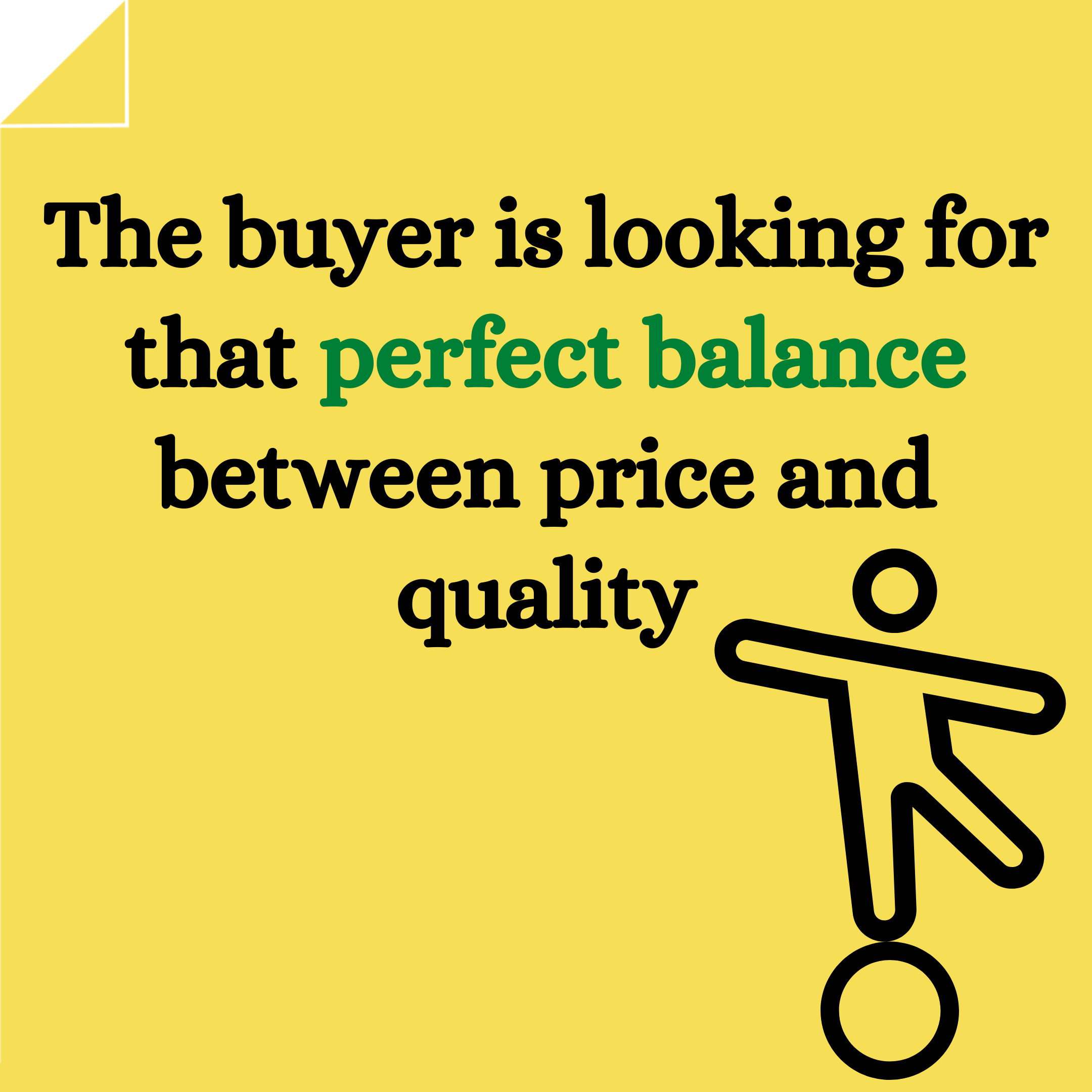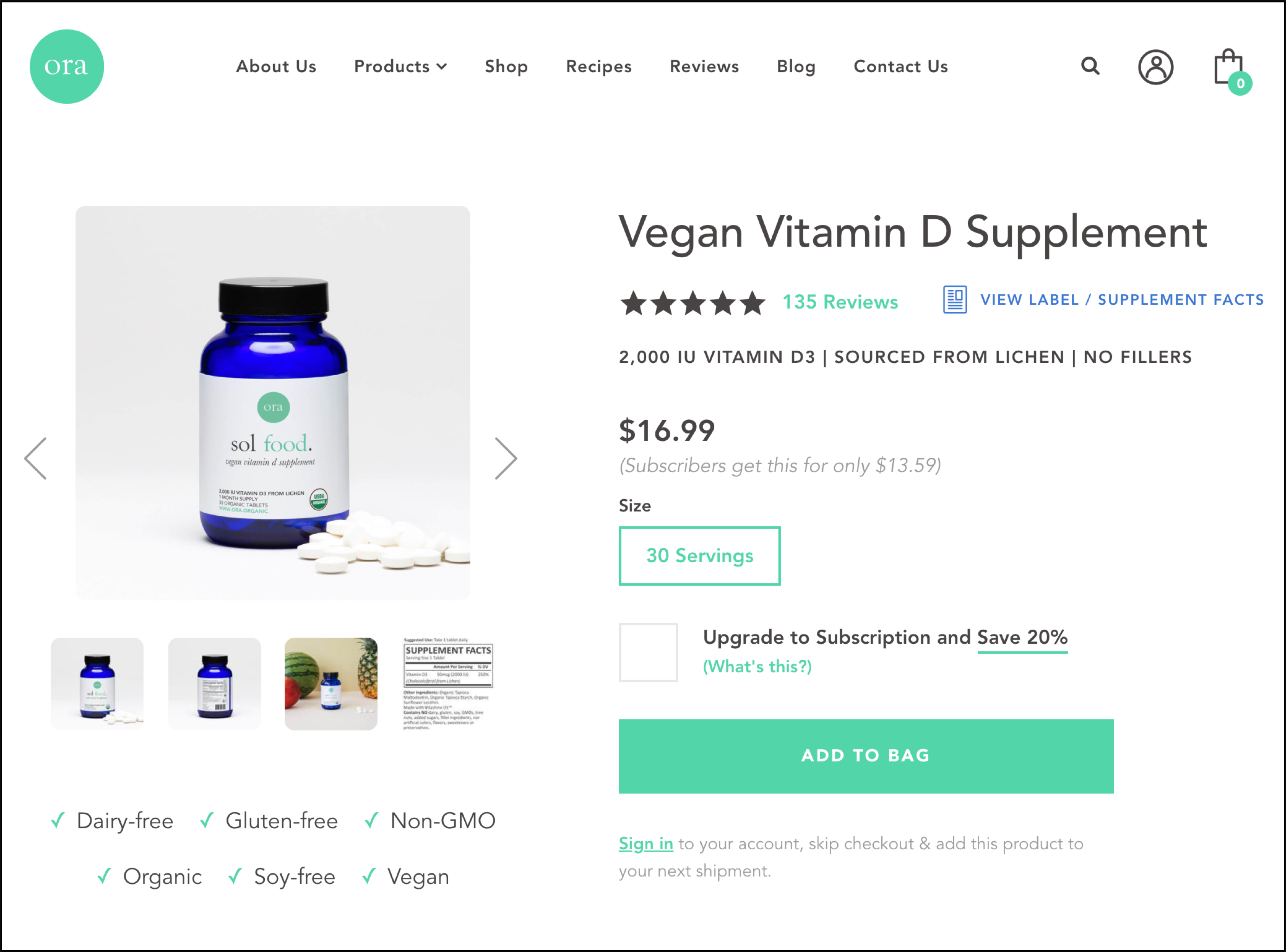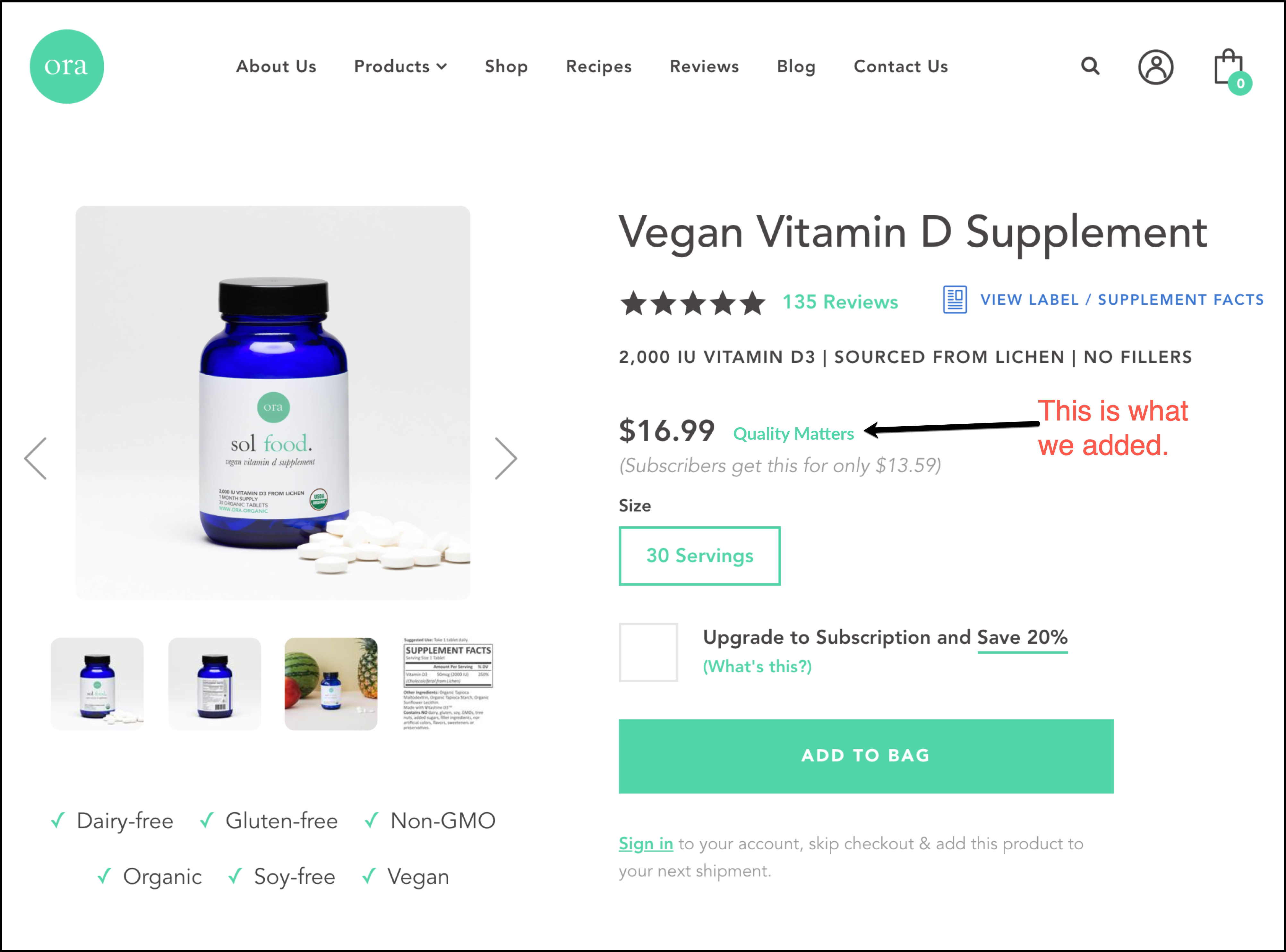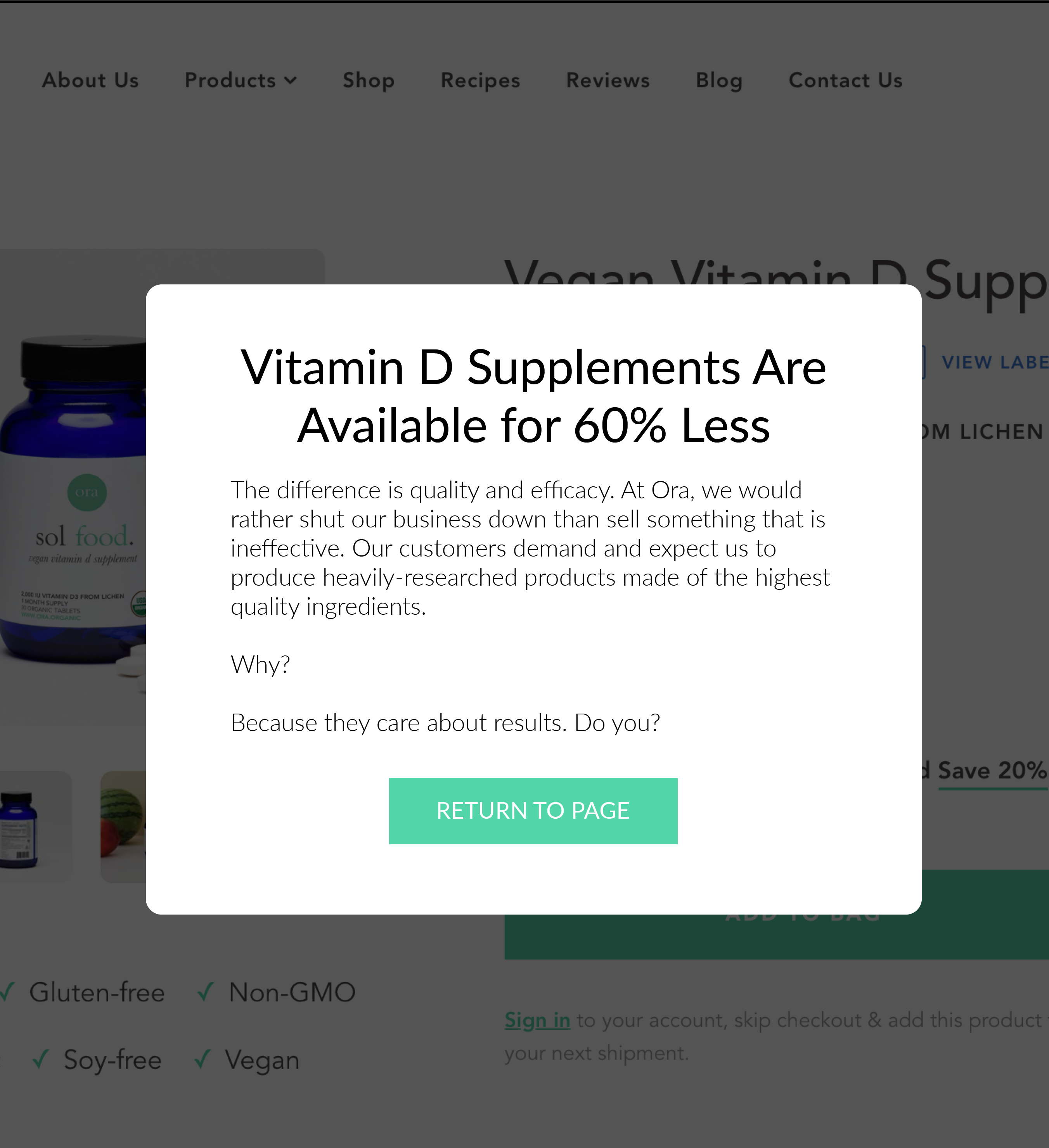Blog
Increase Sales With Price Justification
Irrespective of how amazing your product is, to maximize sales, price justification is needed.
Why? Because the moment new visitors land, they look here:

Product reviews and descriptions matter, but price matters the most.
And price isn’t a straightforward thing. To illustrate, let me ask a question:
What’s a good price for a pair of running shoes?
For some, it’s $90. For others, $45. It depends on the value the shoe delivers.
Context matters, and without it, many visitors default to using price as a filter strategy.
That’s a problem if you don’t have the lowest prices, and it’s what price justification attempts to fix.
What Price Justification Is Trying to Accomplish
Shoppers are seeking a balance between price and quality.
The marketer needs to convince the buyer their brand has the right balance.

Price Justification Example
If you are selling a premium product, you are investing in quality, and this means your price will be higher.
Ora Organic (not a client) sells a premium vegan vitamin D supplement for $16.99:

It’s a well-designed page, and we’re sure this $16.99 price tag is acceptable to the people who are buying. But that’s not the group we care about. We care about people who are interested, but need a little more convincing.
One reason someone may have decided against buying is they feel $16.99 is too much for a supplement. A quick Google search reveals vitamin D supplements are available for a lot less. The marketer needs to address the 🐘 in the room.
Here’s What We Did
A Quality Matters call-to-action was added next to the price (see screenshot below) because questions about price come up when the prospect is looking at the price:

And when the link is clicked, here is the price justification popup message (click the image to zoom view):

Is this the best popup sales pitch? Probably not. We would A/B test 20 pitches to find the golden ticket. Some of the possible topics we could talk about are:
– Tell the buyer you had the choice to go with slightly inferior ingredients but decided against it.
– Let the shopper know that you understand the value of money.
– Talk about how obsessed you are with quality. How you’d rather shut down the company than sell something you knew was inferior quality.
Next Steps After Prices Have Been Justified
Price justification is the first of the 3 obstacles you need to scale to convert a first-time buyer.
Ready for the other two?
1: Price justification (covered)
2: Demonstration of expertise
3: Us versus them





Comments 8
Absolutely genius! I wish I started focusing on CRO earlier. Everything you post is so interesting. I have to figure out how to utilize this.
ReplyRishi Rawat
So glad you’re liking the content. Gives me the energy to keep on posting.
ReplyAbsolutely brilliant!!!
ReplyRishi Rawat
Thanks so much.
ReplyGreat stuff Rishi! I love the bonus insights from the amount of times that link is clicked. I think the copy and justification is spot on. You turn the price into a selling point.
ReplyRishi Rawat
So glad you liked it, Joe. I respect your technical expertise.
ReplyI love this idea!
Seems on our website we get plenty of folks to the product page, but then a HUGE drop off.
And having this link “Quality Matters” seems to take away the price sensitivity and apprehension. It’s like saying THIS PRODUCT IS WORTH IT!, without saying that.
I’m redoing my mobile product page and I may “borrow” your idea Rishi!
ReplyRishi Rawat
This idea will definitely help. And there is data to back this. This is something I have A/B tested with great success. A client was so blown away they even wrote a testimonial simply based on this 1 test. Do it, Ron!
Reply